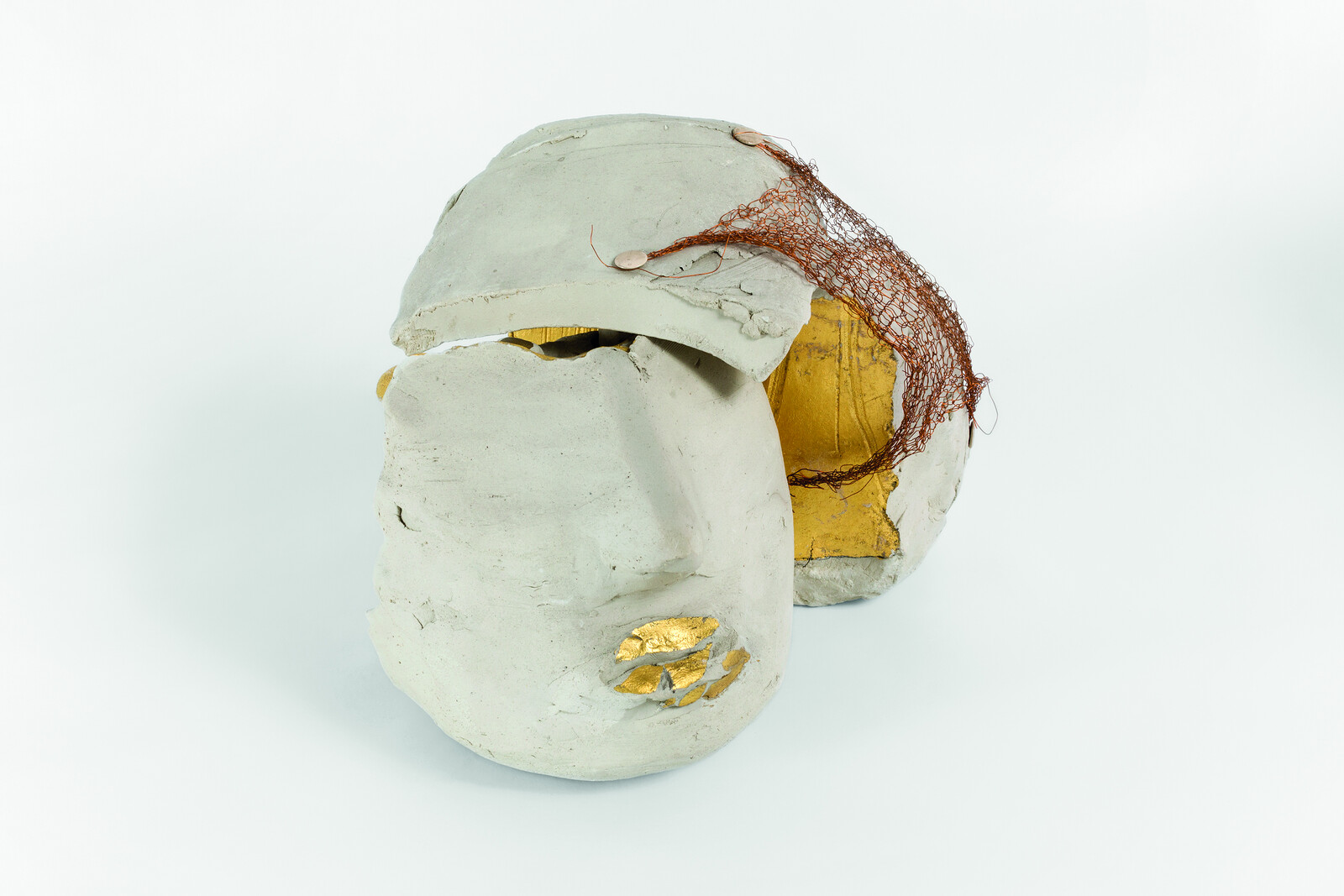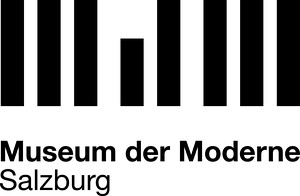Il cielo è grande spazio / The Sky Is a Great Space
May 25–November 4, 2018
Mönchsberg
Mönchsberg 32
5020 Salzburg
Austria
Hours: Tuesday–Sunday 10am–6pm,
Wednesday 10am–8pm
T +43 662 842220403
info@mdmsalzburg.at
With Marisa Merz. Il cielo è grande spazio / The Sky Is a Great Space, the Museum der Moderne Salzburg presents for the first time in Austria and after more than ten years in the German-speaking countries a comprehensive retrospective of the oeuvre of the outstanding Italian artist Marisa Merz (b. Turin, IT, 1926).
Spanning five decades, the exhibition Il cielo è grande spazio / The Sky Is a Great Space at the Museum der Moderne Salzburg offers a once-in-a-lifetime opportunity to explore the work of Marisa Merz, who is regarded as the only female representative of the Arte Povera. Opening with works from her most recent large drawings and expansive environments the presentation traces the evolution of Merz’s art through numerous paintings and drawings, wire and wax installations, and the enigmatic sculptural heads and faces from the 1990s and 1980s to the mid-1960s including the so-called ”Living Sculpture” (1966). Quoting a poem by the artist in the exhibition title Marisa Merz’s poems round out the installation. “One goal of my tenure as director has been to turn the spotlight on eminent women artists with major solo exhibitions. After acclaimed retrospectives of the works of artists including Etel Adnan, Simone Forti, Andrea Fraser, Ana Mendieta, Carolee Schneemann, and, most recently, Charlotte Moorman, we continue this strand in our programming in 2018 with Marisa Merz and Anna Boghiguian. An extensive show dedicated to Merz, an outstanding and groundbreaking Italian artist, was one of first projects I envisioned when I started at the Museum der Moderne Salzburg. I am very pleased that, in cooperation with the Metropolitan Museum of Art and the Hammer Museum as well as the Fondazione Merz, we now make this vision a reality,” Sabine Breitwieser, Director of the Museum der Moderne Salzburg, who organizes the presentation in Salzburg together with guest curator Connie Butler, notes.
Arte Povera emerged in industrialized Italy in the 1960s and drew attention with works made out of mundane and unconventional “poor” materials. Rather than promulgating a stylistic or ideological creed, however, the Poveristi articulated their convictions by rebelling against the precepts and restrictions of the art world. In the 1960s, Marisa Merz translates the interplay between her roles as artist, wife, and mother into a unique creative idiom. Defying the formal conventions of visual art, she largely relies on pliable materials such as aluminum, copper wire, nylon, wax, and unfired clay. To the artist’s mind, her work is not a chronological succession of self-contained objects; she leaves most of her pieces untitled and undated and remakes and transforms shapes and elements of works in varying arrangements. Although she articulates the unity of art and life perhaps more radically than any other artist, her work and her influence on others are not widely recognized in the international art world until fairly late in her career.
With the Golden Lion for lifetime achievement she received at the 55th Venice Biennale in 2013 and the major exhibition that was presented in New York and Los Angeles last year, Merz’s oeuvre is at long last receiving the international recognition it deserves.
Organized in the United States by the Hammer Museum, Los Angeles, and The Metropolitan Museum of Art, New York. Curated by Connie Butler, Chief Curator, Hammer Museum, and Ian Alteveer, Curator, Department of Modern and Contemporary Art, The Metropolitan Museum of Art. The presentation in Europe is jointly organized by the Fundação de Serralves—Museu de Arte Contemporânea, Porto, and the Museum der Moderne Salzburg. In cooperation with the Fondazione Merz, Turin.
Curator at the Museum der Moderne Salzburg: Sabine Breitwieser, Director, with Marijana Schneider, Curatorial Assistant
DelMonico Books Prestel has released a publication (in English) accompanying the exhibition. A catalogue containing a selection of texts in German translation is published by the Museum der Moderne Salzburg.

